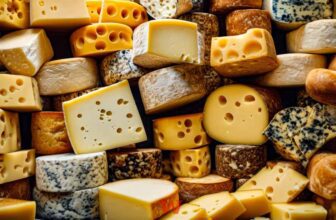While mushrooms may seem like the most accessible food source to acquire for anyone who knows where to look, that perception does not apply across the board by a longshot. The world’s most expensive mushrooms are hard to find and cultivate. Their difficulty with mass production due to their sensitivities is reflected in the prices they are offered to consumers.
Mushroom lovers already know that the edible fungi are as delicious as they are nutritious, and are a common feature in Haute cuisines. More so, they present an ever-expanding market for business opportunities for entrepreneurs and artisanal farmers worldwide.
These days, mushrooms, growing in various habitats around the world can be individually cultivated and produced in urban warehouses by mushroom farmers, or in more natural environments such as under trees, in caves, or even in isolated basements. This process of “mushrooming” is growing increasingly popular, but some mushrooms hit the market at prices that rival other luxury foods, such as the world’s most expensive chocolates.
Much like fruit, mushrooms are regarded by some as the “fruit” of the fungi family, and just like fruits, they thrive under specific conditions. Over time, different cultures across the world have developed unique methods for cultivating these valuable fungi, resulting in some varieties reaching sky-high prices.
Most Expensive Mushrooms In The World
While tens of thousands of identified fungi exist, only a distinctly small portion are considered edible mushrooms, and those are medically proven to be rife with health benefits, causing many to regard them as superfoods. Mushrooms are not only low in fat and calorie count, but they are also loaded with essential vitamins (Vitamin D, B2, and B6), fiber, protein, minerals, iron, manganese, potassium, and antioxidants.
The Wonderous Creatures That Are Mushrooms
A food that is considered “organic” is a living entity that interacts with other organisms in its natural environment. In that sense, mushrooms are the ultimate “organic” consumable. In terms of interaction, particular mushroom species are fungi that, much like bacteria, feed on dead leaves and wood, expediting the decomposition process, and placing them as an essential presence in the natural order of the world. This process is a complex one, comprised of several phases that entail a slew of variable interactions.
Some mushrooms produce spores that perpetuate the fungus allowing for the propagation of healthy soil nutrients, which in turn help in the promotion of plant growth. To be able to grow, thrive, and perform their natural duties, fungi require moisture, light, temperature, as well as other physical conditions including oxygen and nitrogen levels to be just right. This means that mushrooms behave differently depending on the area in which they reside.
Fungi exist everywhere from water to soil, in plant material, and in some respects even in the air. Each form of fungi has a multitude of stages in its life cycle, with mushrooms just being one of them. Generally, mushrooms are considered more closely associated with plants, though based on their nature, scientists believe they are more akin to animals.
Medicinal and Health Benefits
Mushrooms have been reputed as having both health and medicinal properties, ranging from lowering cholesterol to chronic pain relief. Though already used in these areas of application, their benefits continue to be explored by researchers performing controlled studies. Some of these have already confirmed that mushrooms promote the prevention of certain diseases and can reduce particular symptoms.
Of course, mushrooms are not for everyone, particularly those who have mold allergies. Symptoms by those allergic may not occur through strict ingestion of the fungi but through inhalation of airborne spores or even simple skin contact. Even more pertinently, some mushrooms are poisonous to humans, while others possess psychotropic and hallucinogenic properties. In other words, if one is not trained thoroughly in the practice of mushroom foraging in the wild, it is a venture best abstained from.
Mushrooms can be prepared and utilized in various ways including the enhancement of appearance and taste of other food. The flavors of different mushrooms also vary. Some have a fruity flavor, while others are spicy, or earthy. They could possess a strong and pungent odor as well. In meal preparation, mushrooms span the spectrum of how they are served: steamed baked, stuffed, fried, grilled, or even consumed raw. They can be purchased commercially in canned, dried, or fresh variants, as well as in oil-based preserves.
How To Choose The Best Mushrooms
As far as foods go, mushrooms may not be “perfect,” but they are certainly good in terms of taste and in terms of health benefits. Mushrooms are appreciated globally, transcending national borders and historical cultures, and while many are prized, it is not across an equal scale. The commercial distribution of mushrooms can be traced back to 1600s Paris where they started being served in food establishments, but their cultivation didn’t begin until the 20th century when the Dutch began employing highly effective cultivation methods. After that, the popularity of mushrooms in both the US and Europe began to grow.
“Champignon” is a forest mushroom that is one of the most common in the world. It is the typical standard white mushroom that is included in many sauces, gravies, casseroles, and stir-fries. Beyond that, the most common mushroom varieties don’t differ from the White Button mushroom much. Even Cremini mushrooms are of the same variety, with their age being the only difference. The little mushrooms can be thought of as babies and as they grow in age, they turn darker and larger. You may be familiar with another name for the younger mushrooms: “Baby Bellas.”
Fully grown Cremini Mushrooms develop a cap that is as wide as 5 inches or more in diameter, and are referred to as Portabella Mushrooms. They are usually topped with a smooth cap, dark brown in color, with dark gills underneath them. They are firmly textured and the particularly older ones have a meaty, hearty flavor.
But mushrooms are not limited to just the standard varieties. Some consumable mushrooms are distinctive, and that is reflected in their price. Some of these mushrooms are quite commonly known, while some varieties are quite rare. The price of the world’s most expensive mushrooms typically reflects their scarcity and the methods used to produce them. Here, we will take a look at 12 of the world’s most expensive mushrooms in the world. It is worth noting that this list contains some truffles as well, since they are very close to mushrooms, with the only difference being where they grow and their size.
Whether you are simply curious about the topic or are researching growing mushrooms for profit, let’s explore the world’s most pricey fungi.
1. Yartsa Gunbu Mushrooms
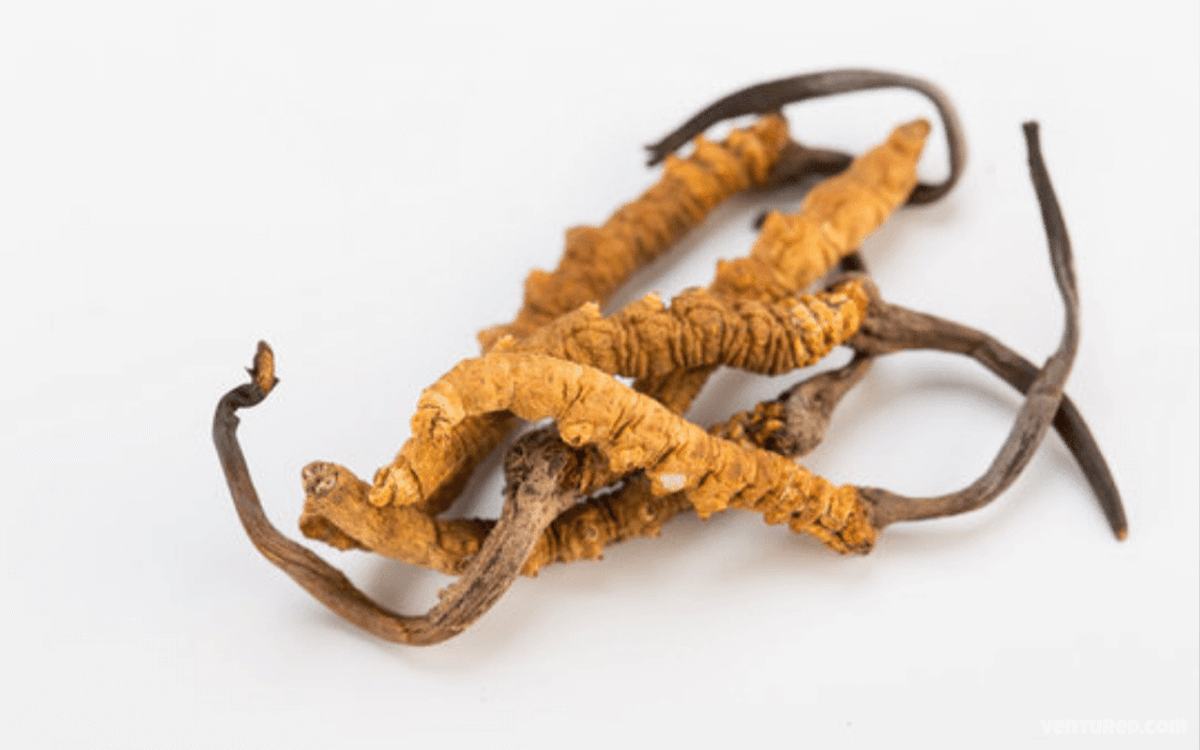
The Yartsa Gunbu mushrooms have an interesting appeal, though it isn’t their taste. Ancient Tibetian texts claim that this particular fungus is an aphrodisiac, a belief many still hold today. Due to its reputation, it is very expensive, costing the rough equivalent of $2,000 per ounce. It is no wonder that consuming even a small amount of this mushroom is still reflective of one’s status.
These mushrooms beings to grow under the soil in knobby carrot shapes, long and skinny. When they are consumed or are otherwise intaken by ghost moth caterpillars, they act as a parasite, effectively consuming their host from the inside. As the caterpillars slowly perish, they do so standing upright in the dirt. The fungus pokes through the caterpillars’ heads, reaching through the surface every spring. The mushrooms can be harvested in the high altitudes of the Himalayas at about 3,000 to 5,000 meters (9,000 to 16,000 feet).
2. European White Truffle Mushrooms
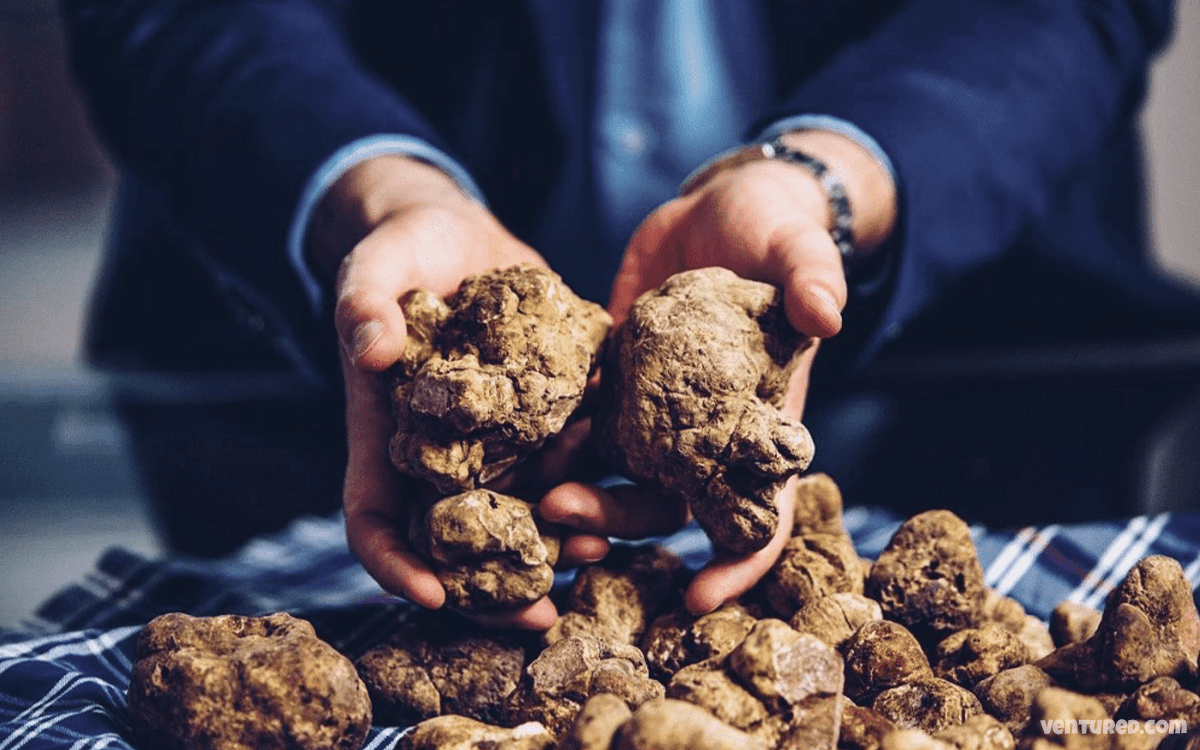
Truffles are commonplace around Europe, typically found growing underground at the base of oak trees. To find them, people use trained truffle dogs and female pigs who can sniff them out by detecting the mushrooms’ strong odor. Depending on the harvest, as well as the market, these can cost anywhere from $1,500 to $4,000 per pound.
Truffles are highly prized in Europe, mainly because they are some of the rarest of Earth’s products. White truffles are nearly impossible to cultivate, which leaves harvesters at the mercy of their collection, which directly influences the high prices. However, other European countries have had somewhat more luck harvesting them recently, which has brought the prices moderately down.
Black truffles are also being cultivated in more places, allowing them to be available to markets for mushroom lovers and chefs around the world. So what is the most expensive white truffle? That title still belongs to the Italian white Alba, also known as the tuber magnatum pico. It is still the most expensive of the well-known mushrooms.
3. Matsutake Mushrooms
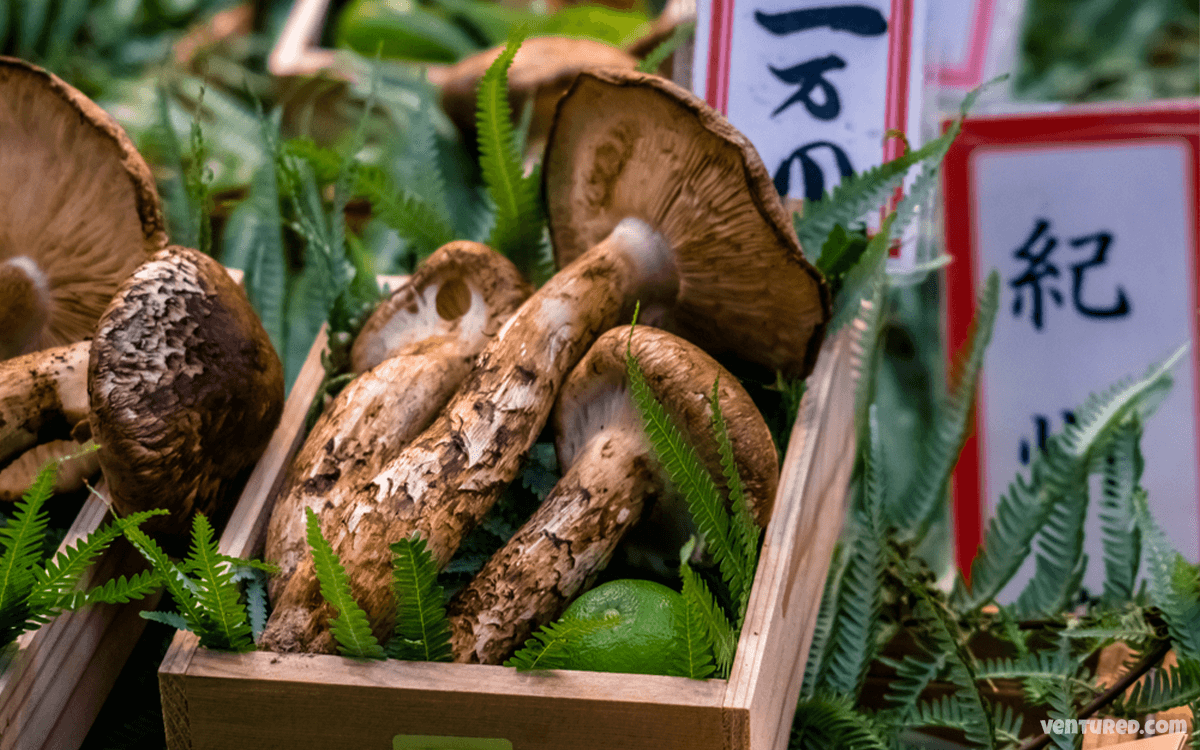
The short-stemmed Japanese Matsutake sports a well-formed cap with distinctive gills underneath it, and is an easily-recognizable, pale, small stain of mushrooms that is appreciated for its aroma and its mildly fruity and spice flavor.
The Japanese Matsutake mushroom grows under red pines in Japan’s Tamba region, located near Kyoto. Traditionally linked with autumn, this mushroom strain is considered a delicacy in Japan, but due to the reduction of Japanese red pine forests due to havoc and devastation wreaked by insects, the habitat where these mushrooms grow is constantly shrinking.
To make matters worse, cultivating these mushrooms has proven overwhelmingly challenging. With everything working against it, Matsutake mushrooms are hard to come by, and the rarity drives up their extremely high prices. They can be purchased at prices of $1,000 to $2,000 per pound.
4. Black Truffles Mushrooms
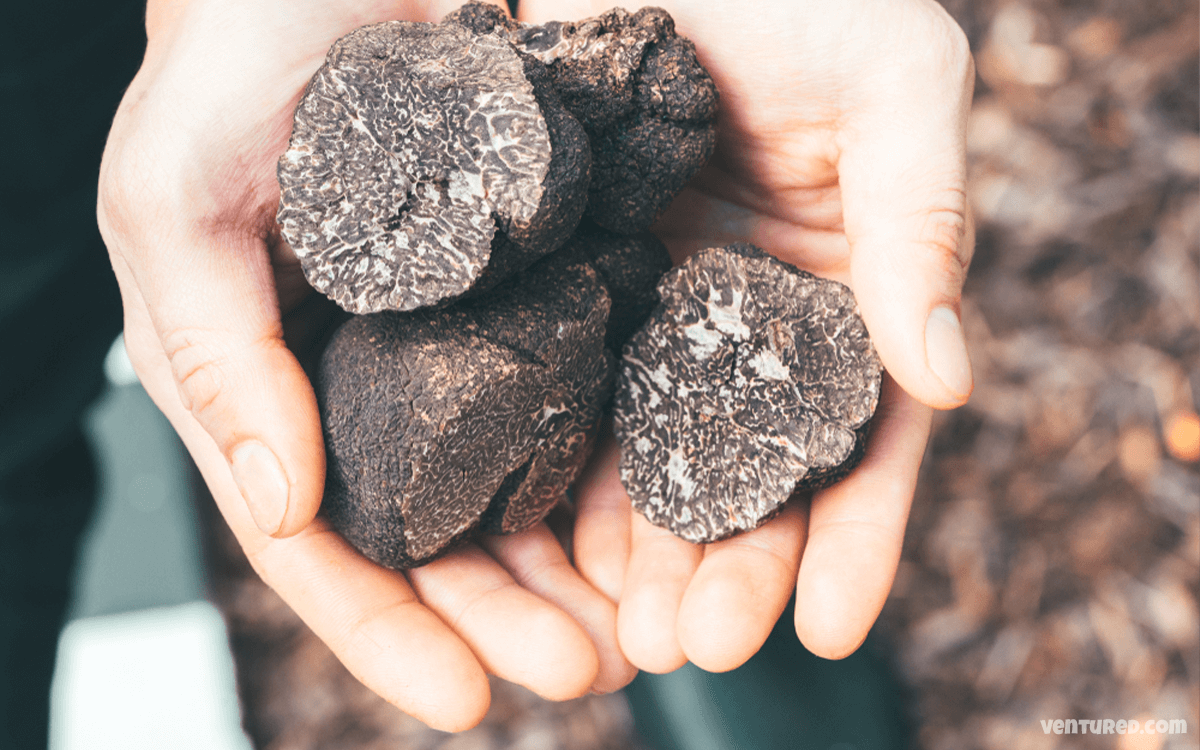
Black truffles are tough to harvest, yet they are quite adored in Europe. This leads to some areas selling these in a “black market” of sorts. Female pigs were commonly used to root these truffles out, though trained dogs have taken their place. The reason? The pigs didn’t just want to find the black truffles, they were quite fond of feeding on them.
The tuber melanosporum, or the French Black Perigord, is still harvested largely using the methods involving trained animals, but due to the market being rife with demand, and long shipping delays being a constant point of struggle, these primarily European products, have moved largely to the United States and Australia. In particular, producers in Oregon, California, Tennessee, and Kentucky have had the most success, but that doesn’t mean that the truffles are cheap.
In 2017, the United States saw the import of 425 tons of truffles in fresh, canned, and dried forms. According to statistics collected by the USDA, that marked a stunning 75% increase from just seven years prior. These are primarily sold to restaurants and high-end chefs. They are also harvested traditionally in the United States, on a seasonal basis much like they are in Europe. Across the pond, Croatia and Slovenia are two of the new hottest markets where truffles, as well as truffle products, are growing more popular. They can be purchased at wholesale prices of $800 to $900.
5. Morels Mushrooms
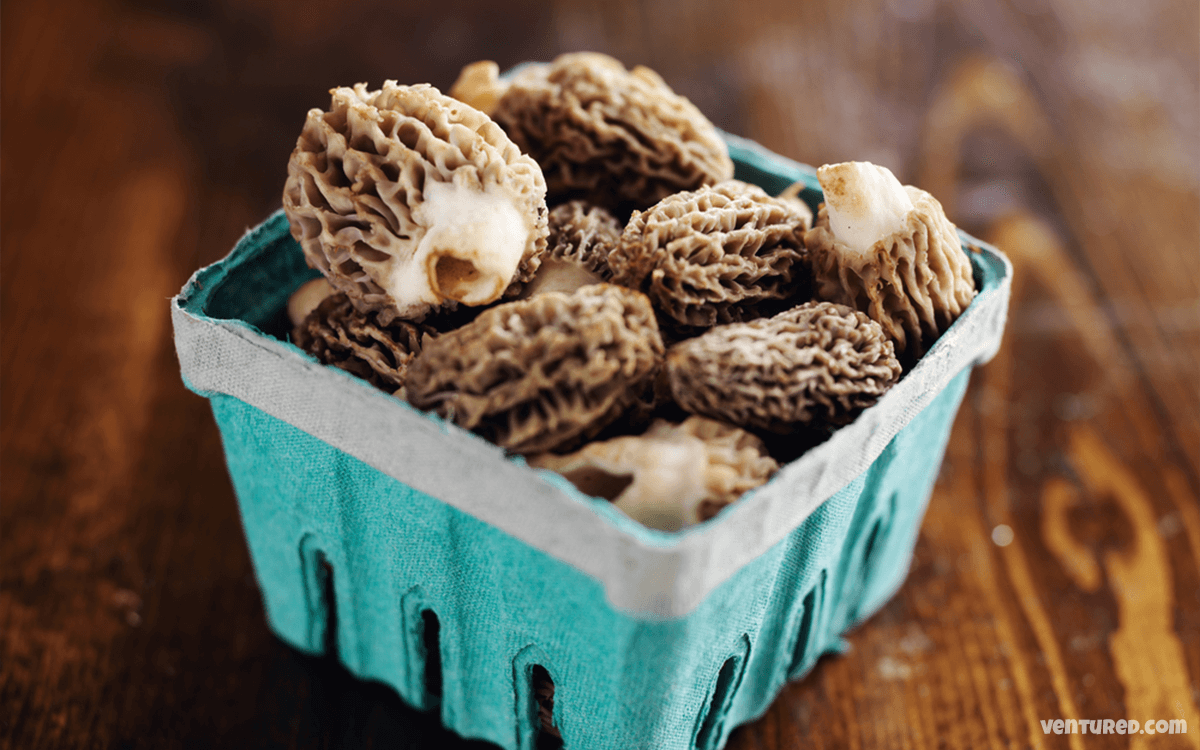
If you ever see what looks like a row of trolls lining the forest floor, you have probably come across the conically headed, ruffled, and sturdy stemmed morels. These amusing-looking fungi retain their comical look even while being served with other foods or cooked.
If you wanted to purchase a pound of dried morels, you’d be expected to shell out $254 per pound, while fresh morels go for $30 to $90 per pound. The reason dried morels are more expensive is generally that they are lighter. The cone-shaped, ruffled head (which is spongy to the touch) can only be found during the spring months in the wild.
Their flavor is similar to Shiitake Mushrooms’ nuttiness, but their taste is more unique and intense. When served, these are rarely included in meals, but rather as garnish (sometimes alongside compatibility flavored sauces), mostly due to their small size.
Finding fresh morels is hard while cultivating them is even harder. Their distinctive appearance makes them hard to mistake, but most people still prefer to purchase dried morels for domestic cooking uses.
6. Chanterelles Mushrooms
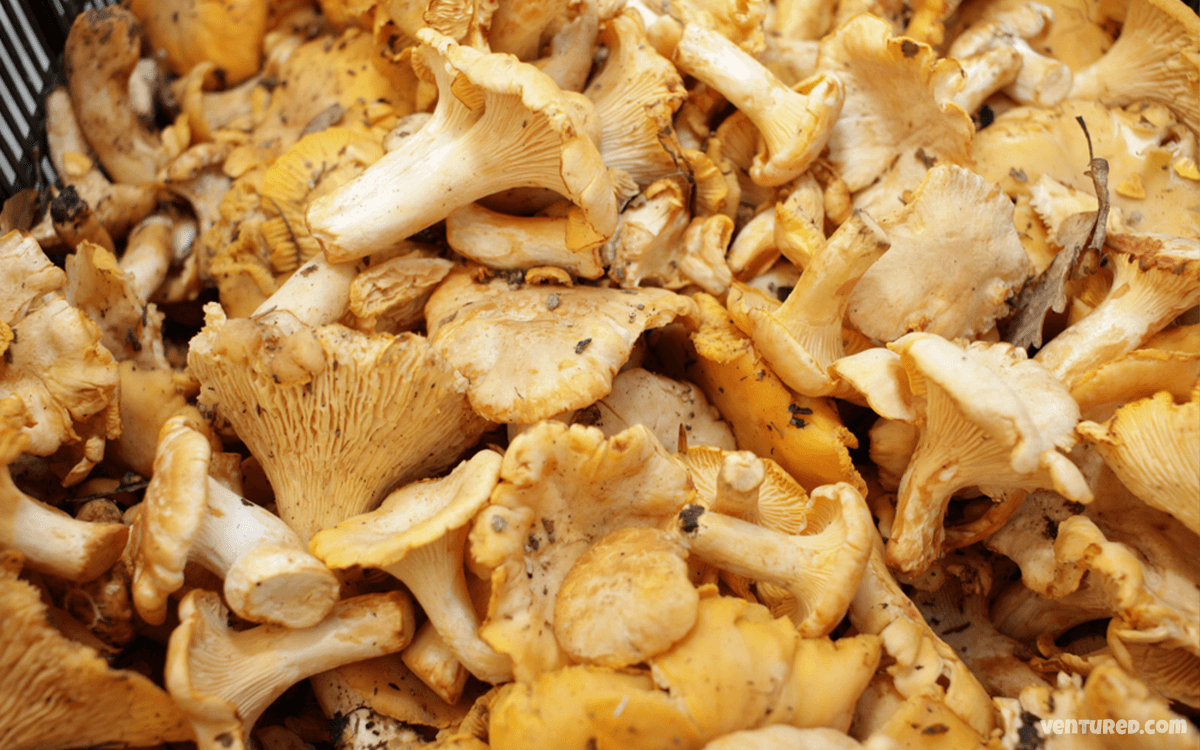
When spotting the golden Chanterelle on a forest floor, one could mistake it for a moss-surrounded flower. Known for cluster-growing on humid days after heavy rainfalls, these particular mushrooms are purchased dry for about $225 per pound. If one has seen the Chanterelles before, they are quite simple to identify. They have ridges that run down the sides of the stem and have smooth caps atop.
Generally, they are located in central Ukraine and central Europe, specifically where pines and beech trees grow in the same community. Their flavor has a hint of spice, and their aroma is light and fruity. While they can range from orange and yellow to white in color, it is the golden variety that is most commonly sought out. They tend to surface in late spring, but because they rely on high humidity (sauna-like atmosphere) to thrive, they are generally gone by early autumn, limiting their harvesting window.
7. Enoki Mushrooms Mushrooms
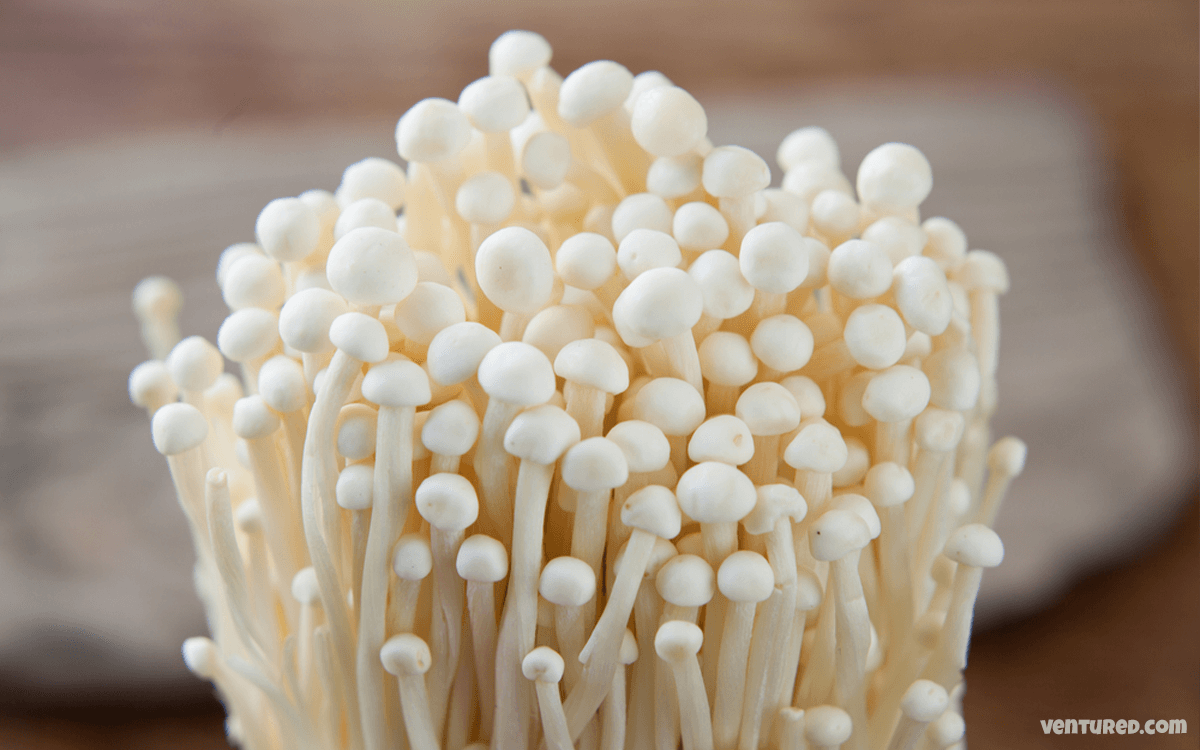
These fungi “fruit” clumps are some of the most interesting edible mushrooms out there. They can be purchased for about $108 per pound, or for $288.75 for mail order packages of 25 pounds. Their mild flavor reminds many of radish or white grapes. In appearance, they resemble a mini cauliflower or white-button-ended, glossy bean sprouts. Packed with folate, niacin, potassium, thiamin, phosphorus, riboflavin, and pantothenic acid, these little mushrooms are super-packed with nutritional content.
The Enoki is included in many soup and stir-fry dishes, with the attached ends cut and separated into individual strands. Even when cooked the Enoki, commonly found in most Asian dishes, will continue to produce a crunching sensation when chewed.
8. Porcini Mushrooms
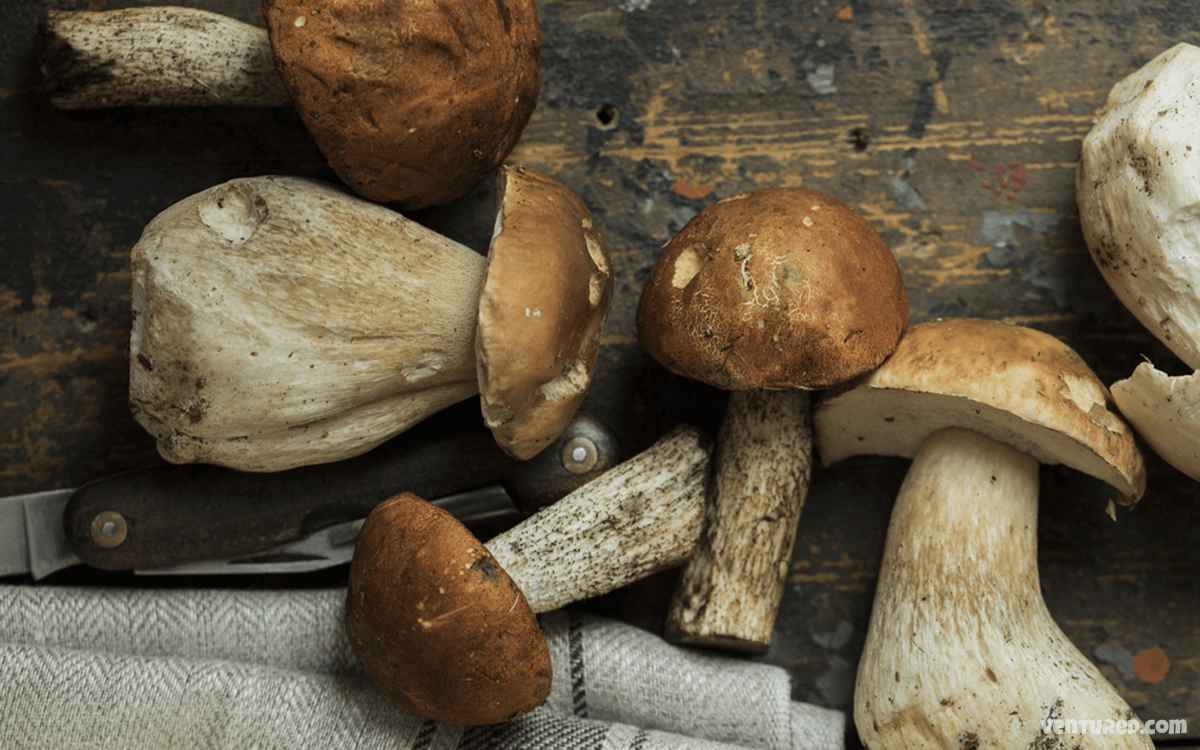
There are several different species of the Porcini mushrooms, of which the Boletus Edulis (the “King Bolete”) is among the most prominent. They are hard to cultivate and are usually found in hardwood forests in hemlock-covered groves, beneath pine trees, and spruce chestnut trees. These “piglets” as their Italian name reflects, are sold in sliced and dried form for $55 to $70 per found. The cost is that much because they are not easy to locate since they do not grow in many locations.
Porcini have 10-inch long, sturdy, bulky stamps, along with oversized caps, both of which make them look heavy. To pair with that, when they are mature, their actual weight reflects their look, as they can weigh as much as several pounds. Their flavor is nutty and hearty, with a distinction that makes them unique by common inclusions in many dishes, primarily Italian ones. Their utilization in meals is, however, certainly not limited to Italy as they also grow and are harvested across other European nations and across many parts of North America.
9. Lion’s Mane Mushrooms
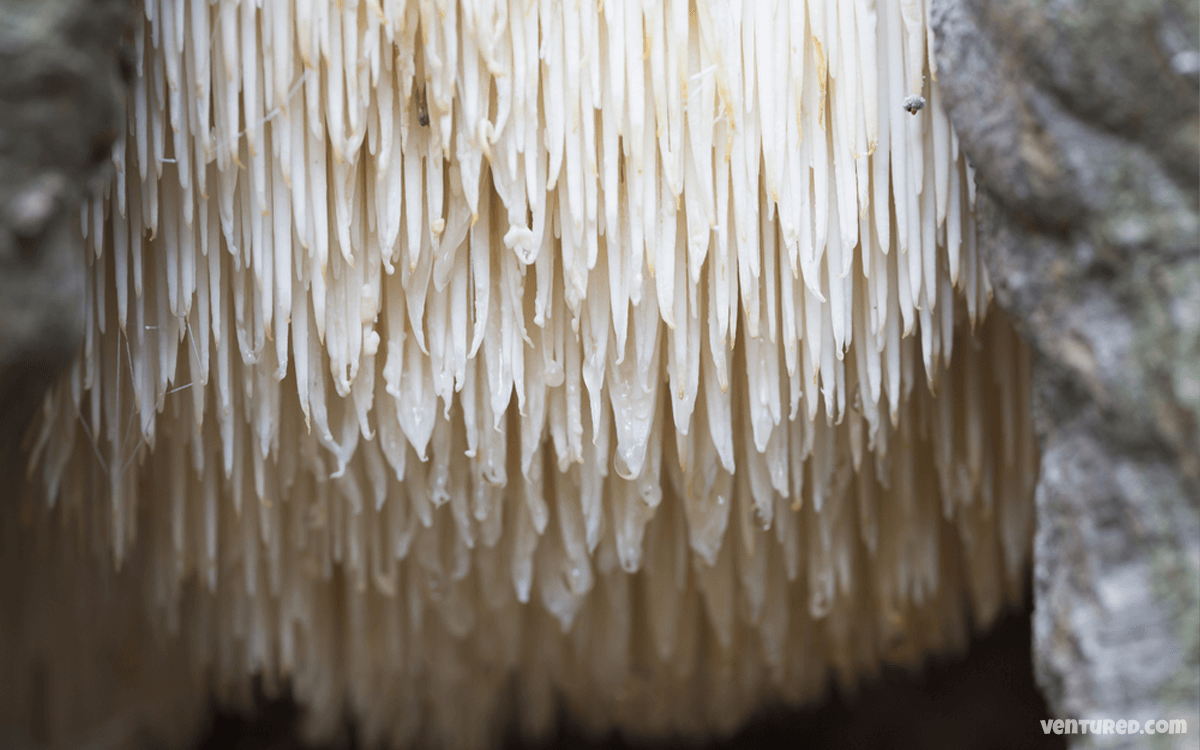
Distinguished by the shape of a round balloon with shaggy, long spines or “hair”, the Lion’s Mane doesn’t necessarily have a universally defined metric. Its shape resembles the head of a male lion, or more precisely a pompon. Some refer to its shaggy appearance as a Bearded Tooth Mushroom. Depending on the mushroom’s variety, they can be purchased for anywhere between $8 and $36 per pound.
The Lion’s Mane (Hericium erinaceusm) is among the most other-worldly edible fungus. It is most commonly found on logs from either dead or dying trees in the fall across Europe, Asia, and North America. Younger Lion’s Mane mushrooms are white, but as they age they take on a more yellow or tan hue. In terms of texture and taste, it is commonly compared to the mild flavor of crab or lobster.
Before people realized that this mushroom strain was edible, it was already hailed for its medicinal qualities. It has a high antioxidant content and is being actively studied for a somewhat amazing ability to regenerate nerve tissue.
10. Shiitake Mushrooms
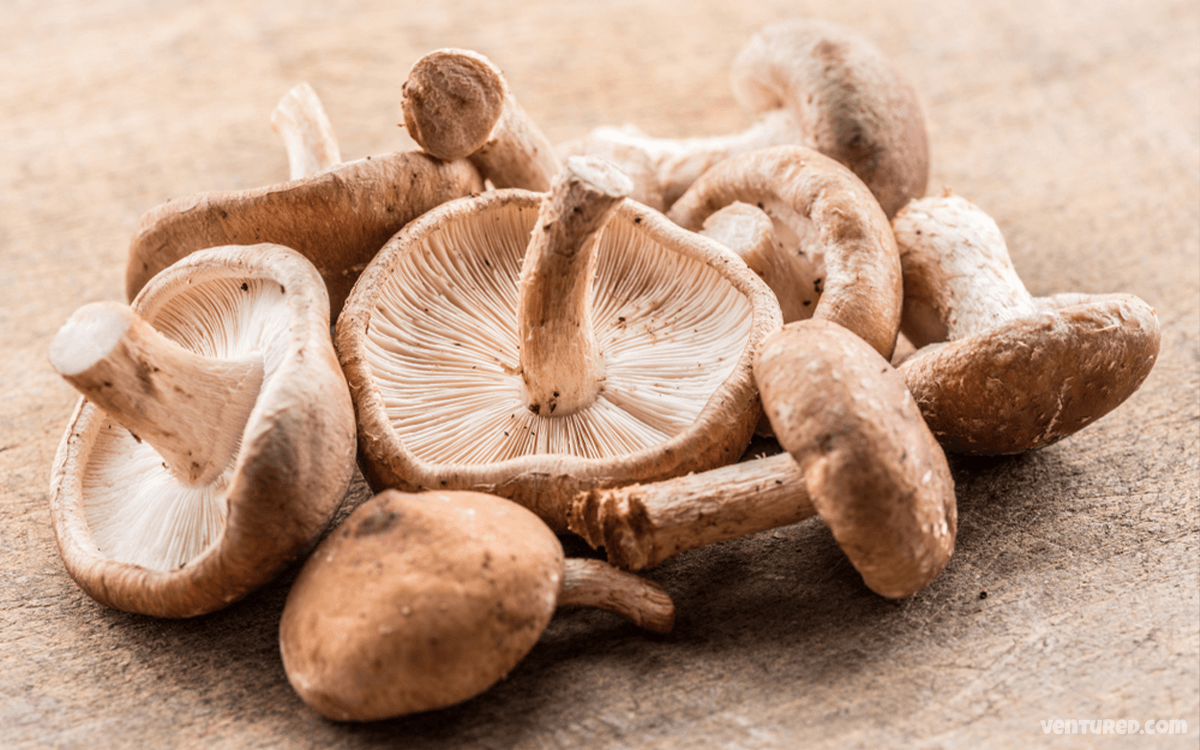
For ages, the specialty variety mushrooms have been a staple in Asian meals, but more recently, their popularity has increased and they are not commonly consumed in Western meals too. They are relatively small, growing only 2 to 4 inches in size, with two to four-inch caps.
Each of the several Shiitake varieties has a somewhat different taste and texture, used in both dried and fresh form in various east Asian cuisines, primarily across China and Japan. Their pleasant taste and meaty texture pair well with other ingredients. It is also regarded as a medicinal mushroom for its anti-inflammatory, anticarcinogenic, and antimicrobial properties. Depending on the marketplace, the Shiitake mushrooms typically cost between $12 and $24 per pound.
11. Oyster Mushrooms
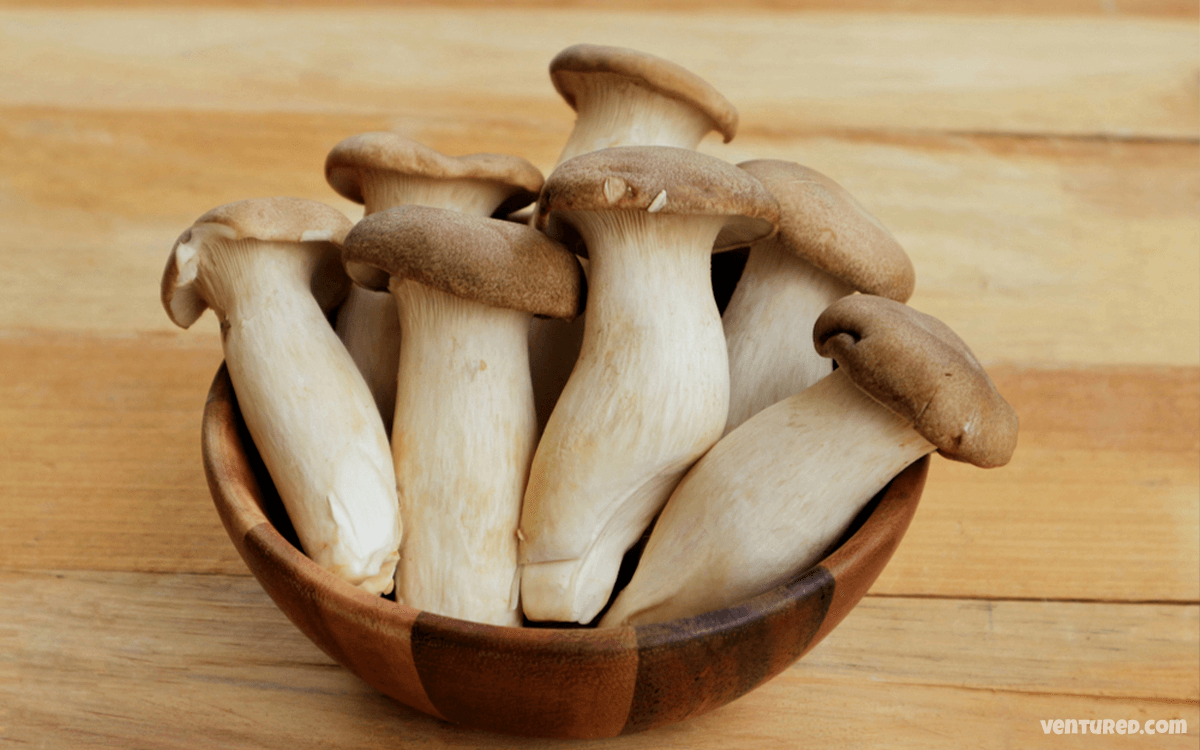
Sometimes known as the Abalone mushroom, the large pearl white or pale grey Oyster Mushrooms have short with fluted gills on the underside. These mushrooms have a strange, nearly alien resemblance, and sometimes show up as pink, gold, elm, and blue. Per pound, these can be found priced between $5 and $15.
Innovative chefs have been increasingly using Oyster mushrooms in new recipes across the United States, with the mushroom commonly being purchased at various Farmer’s Markets. While the best time to use them in meal preparations is while they are fresh immediately after harvesting, they do have a shelf life of several days. They can also be dried easily. The best part is that they are simple to cultivate, making them a mushroom starting that is easy for novices to handle. Interested parties can even purchase home sprouting kits through mail orders or in marketplaces in most large cities.
Their appearance is alien and delicate appearance, with a peculiar flavor, and meaty texture. Though they are common in the cuisine of East Asian nations like China, Korea, and Japan, they are actually native to the United States, Northern Europe, and Siberian regions of Asia.
12. Kalahari Truffles Mushrooms
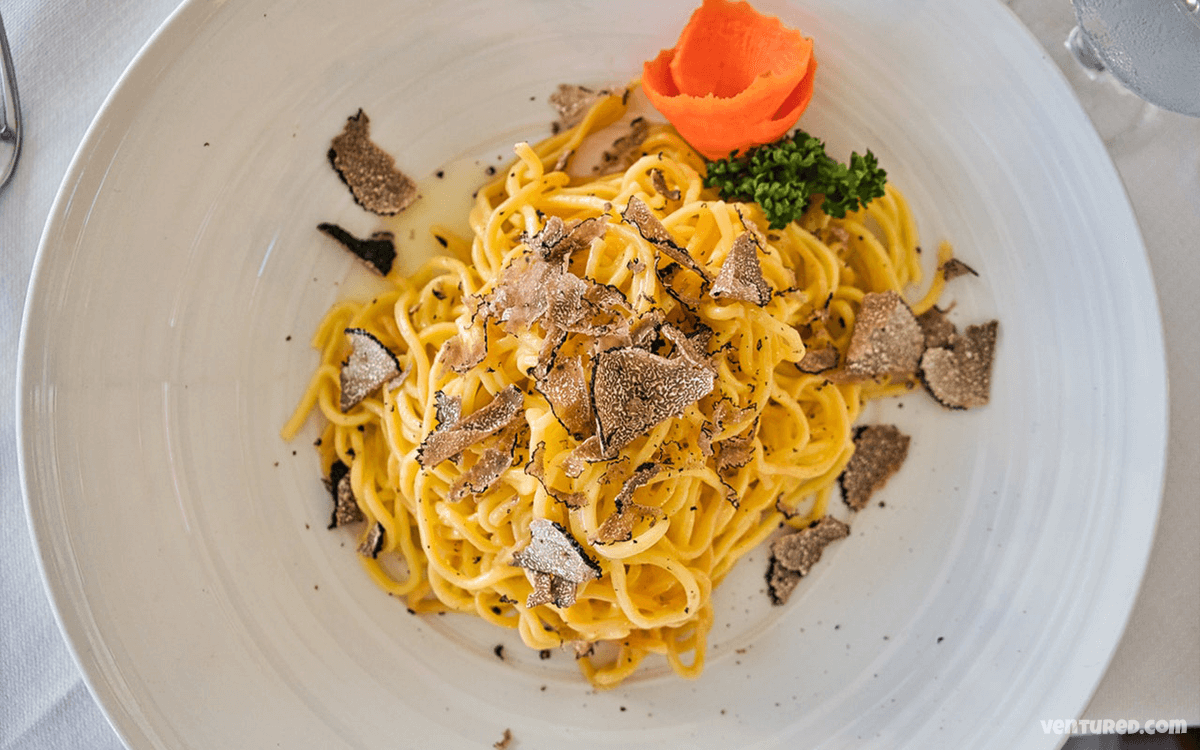
Known to locals as African potatoes, the Kalahari Desert of Namibia grows Kalahari truffles. They are cheaper than their higher-priced counterparts, sold for roughly $4 per pound, from earlier in this list, but they do have a certain mystique about them. Unlike both black and white truffles, this variety has a milder taste and scent. They are also easily foraged as they stand out and flourish in the sandy landscape, peering through the cracks. Therefore, they do not need pigs or dogs to sniff them out, just a set of human eyes around Camelthorn trees.
While they are most commonly consumed in raw form along with spices in certain side dishes, some chefs utilize them in creative ways in their meal preparation. They can commonly be found in roadside stands, open markets, and restaurant menus. They are even converted into truffle butter which has a very distinctive flavor. In fact, one restaurant in Namibia’s capital city actually serves Kalahari Truffle ice cream as one of their more popular desserts.
Conclusion:
In conclusion, mushrooms are a staple ingredient in many cuisines and can also be a delicacy with a significant price tag. The top 12 most expensive mushrooms in the world showcase the rarest and most exotic varieties, each with unique flavors and textures. From the labor-intensive foraging process to the high demand and limited supply, these mushrooms require much effort to obtain. While they may not be accessible to everyone, the high price of these mushrooms reflects their exceptional quality and the dedication of those who seek them.
Frequently Asked Questions:
Are mushrooms decomposers?
Yes, mushrooms are decomposers as they break down dead organic matter and recycle nutrients in the ecosystem. They play a crucial role in the food chain by decomposing plant and animal remains, and their mycelium network helps distribute nutrients to other plants in the soil.
Can you overdose on mushrooms?
Yes, it is possible to overdose on mushrooms, especially if you consume poisonous or toxic varieties. Some mushrooms can cause hallucinations, seizures, organ failure, and even death if ingested in large quantities. It’s important to consume mushrooms from a trusted source and avoid foraging for wild mushrooms unless you have expertise in identifying them.
Do mushrooms cause gas?
Yes, some mushrooms like shiitake, portobello, and oyster mushrooms may cause gas and bloating in some people, especially when consumed in large quantities. This is because mushrooms contain complex sugars and fiber that can be difficult for the body to digest, leading to gas production.






